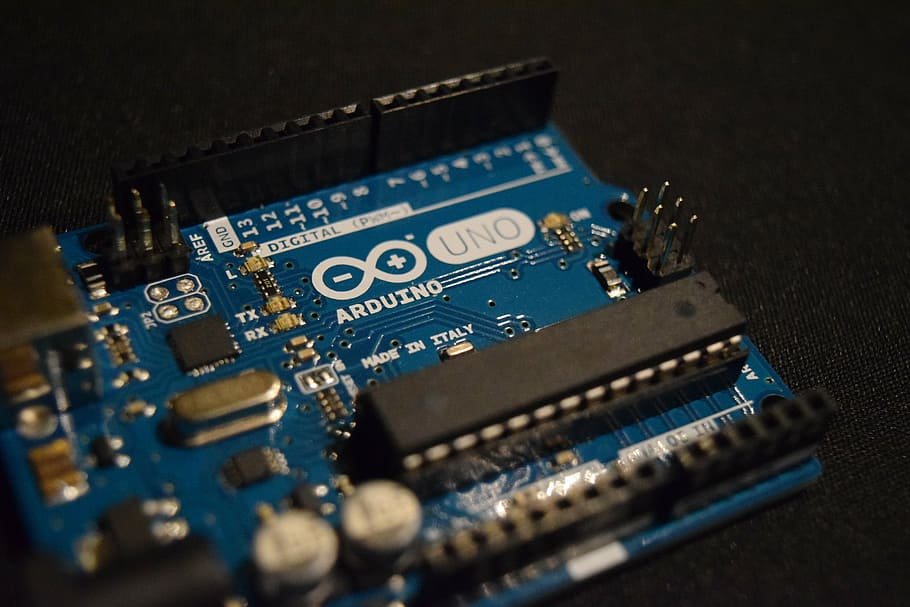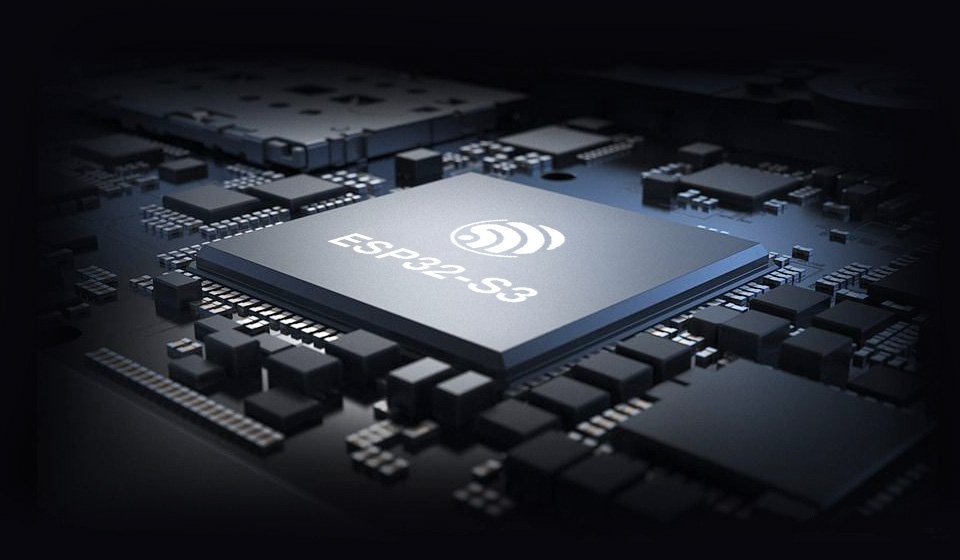- In simple terms, Robotics are combines of science, engineering, and technology to design, construct, operate, and use machines programmed to replicate, substitute, or assist humans in completing tasks of varying complexity. These machines are known as robots.
Robots have a long history, dating back to ancient Greece; notably, the first digital-operated and programmable robot debuted in the mid-twentieth century. Robotics quickly took over key industries like automotive manufacturing, with early spot-welding robot prototypes used in General Motors facilities in 1961. Throughout the years, robotics has developed increasingly sophisticated machines to benefit a wide range of industries.
Types of robots 
Robotics engineers design and build robots to perform different functions. Explore five different types of robotics and their various designs.
-
- Pre-programmed: These robots have a pre-programmed design. They function to perform specific tasks, and they only execute the functions within their programming, with no deviation. Examples of pre-programmed robots include a mechanical arm with a single task on an assembly line and a robot that performs a specific medical procedure.
-
- Tele operated: These robots often operate in conditions that humans cannot or those that might pose safety risks to people. They work through human-directed remote control. Some examples include robots that perform underwater tasks, such as repairing pipelines or submarines, and robots that search for and rescue humans following a disaster like an earthquake.
-
- Autonomous: These robots operate independently of human supervision. Autonomous robots perceive the environment through built-in sensors and adapt accordingly. Examples of robots that work independently include delivery robots and devices for vacuuming floors.
-
- Augmenting: These robots enhance or replace human functions. Augmenting robots have sensors that may respond to a human’s brain or other body parts like muscles. Examples of augmenting robots include prosthetic limbs that can help humans with injury or disease regain motor function and exoskeletons that augment physical abilities.
-
- Humanoid: These robots have a design that mimics humans, either in action or appearance. Humanoid robots help humans with personal assistance, education, entertainment, manufacturing, research, and search and rescue. Examples of humanoid robots include Atlas, designed by Boston Dynamics, and Sophia, designed by Hanson Robotics.
Benefits of robotics

As evidenced by the different types of robots in use today, the field of robotics offers a wide array of benefits to society as a whole. Standard benefits are:
-
- Increased human safety when robots perform tasks in dangerous environments
-
- Higher workplace productivity when robots handle difficult or repetitive tasks
-
- Greater accuracy at work when robots perform jobs susceptible to human error
-
- Lower costs in the workplace when robots supplement human efforts with longer hours with no need for breaks, and increased accuracy without the element of human error
-
- Reduced loneliness when robots provide personal assistance for people living alone
Getting started in robotics
It may help to follow certain steps to start a career path in robotics. Consider earning a degree or other credentials, building your robotics skills, and exploring different robotics careers you can pursue.
Robotics degrees
The degree you get for a career in robotics depends on the field you choose. For instance, a job as an electromechanical technician typically requires an associate degree in electromechanical technology, a computer programmer job often requires a bachelor’s degree in computer and information technology, and a robotics (mechanical) engineer job usually requires a bachelor’s or sometimes a master’s degree in electrical or mechanical engineering.
Courses, certifications, and licensing
Extra courses, certificate programs, and certifications can help increase your knowledge of robotics and boost your market potential. If you decide to pursue a career as a robotics engineer, you’ll need to become licensed if you plan to supervise other robotics professionals. Licensing usually involves:
-
- Getting an engineering degree from an ABET-accredited program
-
- Four or more years of engineering-related professional experience
-
- Passing the Fundamentals of Engineering (FE) exam
-
- Passing the Professional Engineering (PE) exam
The future of robotics

Robots are becoming more efficient, flexible and autonomous as AI, machine learning and sensor technologies progress. They’re predicted to play an increasingly essential role in a variety of industries and applications in the future. A study by Spherical Insights and Consulting estimated that the size of the global robotics market will increase from $25.82 billion in 2022 to $115.88 billion by 2032.
However, there are also possible concerns about employment losses associated with the exponential adoption of robotics across various industries. According to Oxford Economics, up to 20 million manufacturing jobs could be lost to robots by 2030. On the flip side, robots are likely to generate new professional opportunities in fields such as programming and maintenance, despite the looming possibility of job losses.





